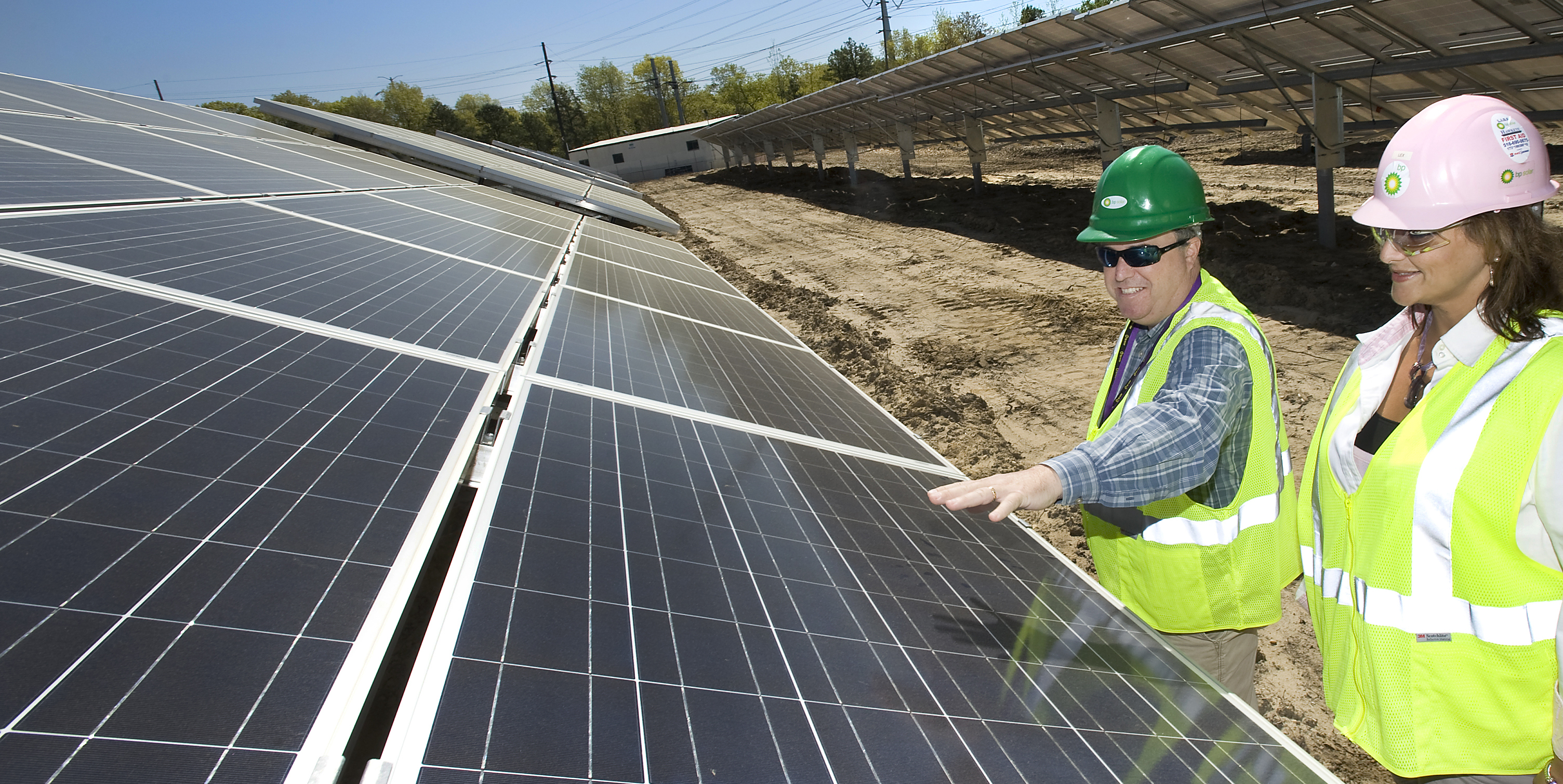Ontario’s climate plan will create jobs. Ontario needs to make sure that they are good jobs that go to people who need them most.
Ontario’s first cap-and-trade auction raised $472 million last month, which means that Ontario’s Climate Change Action Plan has some funding. That plan includes an investment of between $1.9 and $2.7 billion over a five-year period in increasing the energy efficiency of Ontario’s buildings, which could create nearly 33,000 jobs.
These jobs can be good jobs that provide living wages, benefits plans, and career opportunities. The jobs can also provide career pathways for disadvantaged Ontarians who may have faced barriers to employment. But that won’t happen, unless the province commits to making it so.
In a new report titled Building an Ontario Green Jobs Strategy, we make some suggestions for how Ontario can make this vision a reality — where addressing climate change also helps alleviate social and economic inequity.
There’s good reason for the province to invest in making buildings more energy efficient. The energy used to light, heat and cool buildings has a significant environmental impact. In fact, buildings are the third-largest source of greenhouse gas emissions in Ontario.
Ontario is committed to making changes to the building code to ensure that new buildings are much more energy efficient and that buildings built after 2030 have zero emissions. But we also need to reduce emissions from the buildings we have today: by swapping out old windows, adding insulation, sealing drafts, and installing low-carbon technologies like solar panels, geothermal heating units, and smart thermostats.
These upgrades will create jobs. Energy efficiency is a known job creator. Studies done for Canada and the U.S. find that energy efficiency investments create between 13 and 16 jobs for each million dollars invested. Based on those studies, investing $2.7 billion, the high end of the range given in Ontario’s Climate Change Action Plan, would create almost 33,000 jobs.
These jobs will be local. They cannot be outsourced. The buildings are where the buildings are.
These jobs can also be good jobs — if the government commits to ensuring that is the case. Ontario can couple increasing energy efficiency in buildings with creating good jobs and career opportunities for people with employment barriers, including women, aboriginal people, racialized workers, and new Canadians.
Indeed, the province should take this opportunity and ensure that the investments into fighting climate change also help lift people out of poverty, address the increasingly precarious nature of work, and tackle other social and economic inequities.
In fact, there are precedents to draw from. Ontario recently signed a community benefits agreement for the Eglinton Crosstown light rail line to ensure that 10 per cent of the work needed to complete Canada’s largest transportation project will go to disadvantaged local community members.
Energy efficiency programs in Oregon have used a different model, called a high-road agreement, to make sure that employers pay decent wages, have benefits plans, and hiring policies that target disadvantaged workers.
The Climate Change Action Plan already makes reference to the need for a “just transition” — a term that acknowledges the importance of looking out for the workers whose jobs may be affected by the plans to tackle climate change, and to ensure these workers have a place in tomorrow’s low-carbon economy. Our report is meant to help Ontario think through, and act on, their commitment to a just transition.
Over the years, we’ve published reports showing that renewable energy investments create more jobs than comparable investments in fossil fuels; we’ve commissioned research to show that energy efficiency can create jobs and boost Ontario’s economy while reducing pollution; and we’ve always talked about the need to make sure that green jobs are good jobs.
With Ontario’s Climate Change Action Plan, these theoretical concepts can be put into practice.
The plan will create jobs. Now we need to make sure it creates good jobs that go to those who need them the most.
Image: Flickr/Brookhaven National Laboratory
Please chip in to keep stories like these coming.



